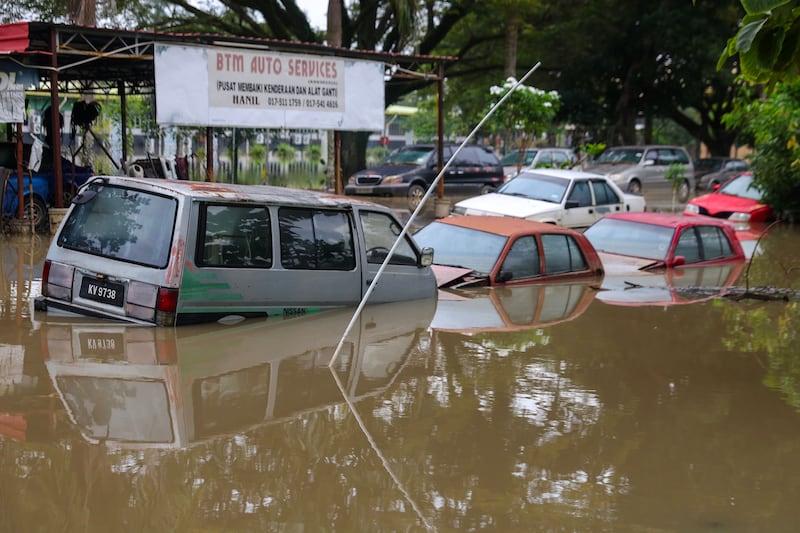As my altimeter clicked past 8,229 metres for the day – into the range of the low oxygen "death zone" on Mount Everest – and my eyes blurred with sweat and sunscreen, a white Ferrari accelerated past me into a curve. I was drunk with fatigue, but the car was real, as I slowly cycled up the road to Mount Seymour Resort, below Dinkey Peak, in North Vancouver, British Columbia. I was far from the world's tallest mountain, but straining to finish what is known as the Everesting Challenge.
"Everesting" is straightforward: Pick a hill, any hill, and go up and down it until you attain 8,848 metres of climbing. Friends can support you, but you must do it under your own power and in a single effort – no sleeping. The result is more than double the climbing of the hardest stages of the Tour de France. With most cycling events disrupted by the coronavirus pandemic, Everesting has become a hot activity for the ultra-endurance set.
When I explained the plan to my brother, Chandler, he asked: "You're going to ride your bike up a mountain on a road for 12 hours wearing Lycra? Why not just ride into the ocean and drown yourself?" A fair question, I thought.
The feat is a contrived festival of suffering that plays out on a climb of no real significance and often little beauty. There is no starting gun or adoring crowds, though, if you’re as lucky as I was, your girlfriend will feed you handfuls of M&M’s as you limp through the final miles.
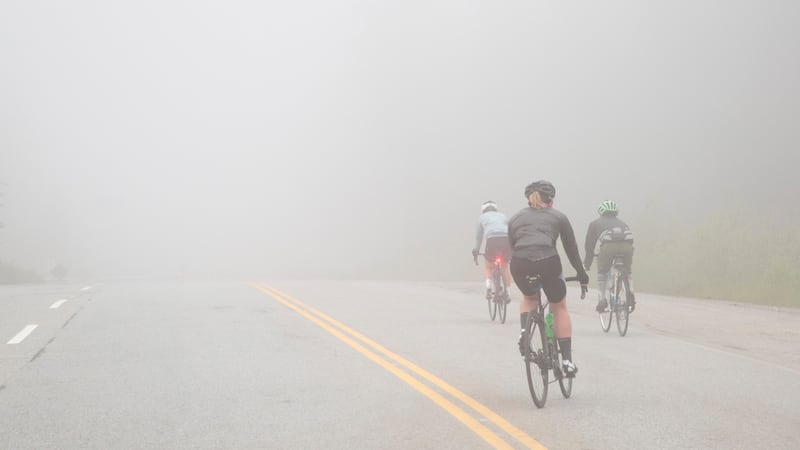
Which is precisely what Andy van Bergen hoped for when he created the challenge in 2014. "Van Bergen translates roughly as 'from the hills,'" van Bergen explains. Fittingly, he has acquired a reputation around Melbourne, Australia, as a true aficionado of hills, leading the Hells 500 cycling club, which is known for fiendishly difficult riding.
Though he is a luminary in the cycling scene, van Bergen’s crushing rides were lost on friends who were not cyclists. After a ride with 7,010 metres of climbing, he tried to explain the trip to a co-worker, who simply said, “What else did you do this weekend?”
Then van Bergen read an article on the website Cycling Tips, where he now works, by George Mallory, grandson of the mountaineer. Training for an Everest expedition in 1994, Mallory wrote, he had Everested by cycling eight times up Mount Donna Buang, outside Melbourne.
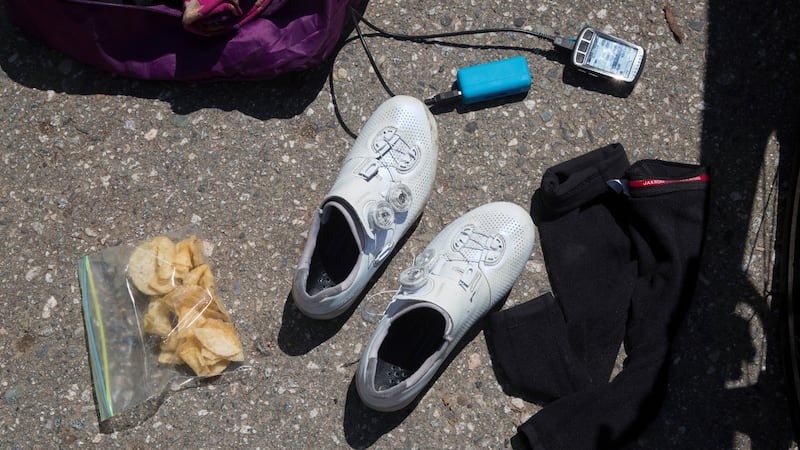
Van Bergen was captivated not only by the challenge, but also by the idea that climbing Everest on a bike was a recognizably brutal effort for anyone, on any hill, anywhere in the world.
“It’s intentionally designed with an open framework,” van Bergen explains. “You’re pushing it for yourself, which is what makes it special.” He singles out a weekend in February 2014, and invited select riders to make an effort on a hill near their homes. “Sixty-five started and 35 to 40 finished,” van Bergen says. “That attrition rate is pretty much what it is now.”
The ledger of 10,391 successful attempts – on road bikes, on mountain bikes, on bike trainers that simulate climbing and while running – is kept at a “hall of fame” at the website Everesting.cc. Van Bergen verifies the completions using GPS data. There are double, triple and quadruple Everestings documented (sleeping two hours is allowed after every 8,848 metres).
For years, Everesting was the exclusive terrain of a niche corner of ultraclimbers, but then the pandemic hit. With races and events cancelled or postponed, thousands of athletes in peak form turned to alternative challenges, with new zeal for Everesting. “We started the year with 5,000 in the hall of fame,” van Bergen says. “In May, there were 1,200 new Everestings. In June, 1,300, and we’re on track to beat that this month.”

And the Everesting record has been falling fast. Tobias Lestrell's 8-hour-29-minute ride up Belgrave-Ferny Creek Road in Sherbrooke, Australia, had been the record since 2017. But on May 11th, Phil Gaimon, a former professional cyclist who is now a social media star, clocked a 7:52 by doing 61 repeats of a section of Mountaingate Drive in Los Angeles. Keegan Swenson, a pro mountain biker from Utah, held the record for a month before Lachlan Morton, who rides for EF Pro Cycling, broke the record in June near his home in Boulder, Colorado. (He had to Everest twice because a GPS glitch on his first attempt disqualified his time.)
"I've been a professional cyclist for almost 10 years, and for the whole period, I've been very goal-focussed," Morton says. With races cancelled, his coaches nudged him to find his personal Everest in 7:29. But only two weeks later, on July 6th, Alberto Contador cut off two minutes by attacking 76 repeats of a paved trail near Penalara in Spain while showing off his new cycling brand, A Bikes, in front of a social media audience. "I'm sure that someone will be faster than me very soon," says Contador, a two-time winner of the Tour de France and the Giro d'Italia.
It took barely three weeks to prove him right. Ronan McLaughlin, the Irish coach and amateur racer, notched 7:04 on Mamore Gap in Co Donegal, on July 30th after cutting off the tips of his handlebars to save weight.
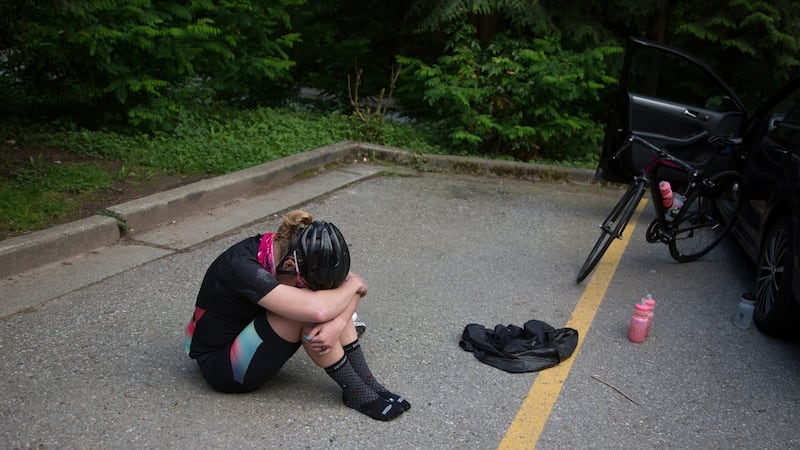
Of the 5,760 full Everestings on road bikes, only 300 have been completed by women.
One of them was by Morgan Cabot, an amateur racer who completed the ride near Vancouver last month. "I wouldn't have come up with the idea," she says, "but once I found out it was a thing that people sometimes did, that felt like, why not?"
The women's record has dropped four times during the pandemic, from 12:32 to 8:53, with Katie Hall, Lauren De Crescenzo, Hannah Rhodes and Emma Pooley notching successively faster times since May 23rd. Pooley, who won the women's world time-trial championships in 2010 and was a silver medallist in the women's road time trial at the 2008 Summer Olympics, was at first repelled by the idea of Everesting. "I don't like to turn nouns into verbs, much less proper nouns like Everest," she explains. "I thought it was a selfish thing to do. A waste of a day, really."
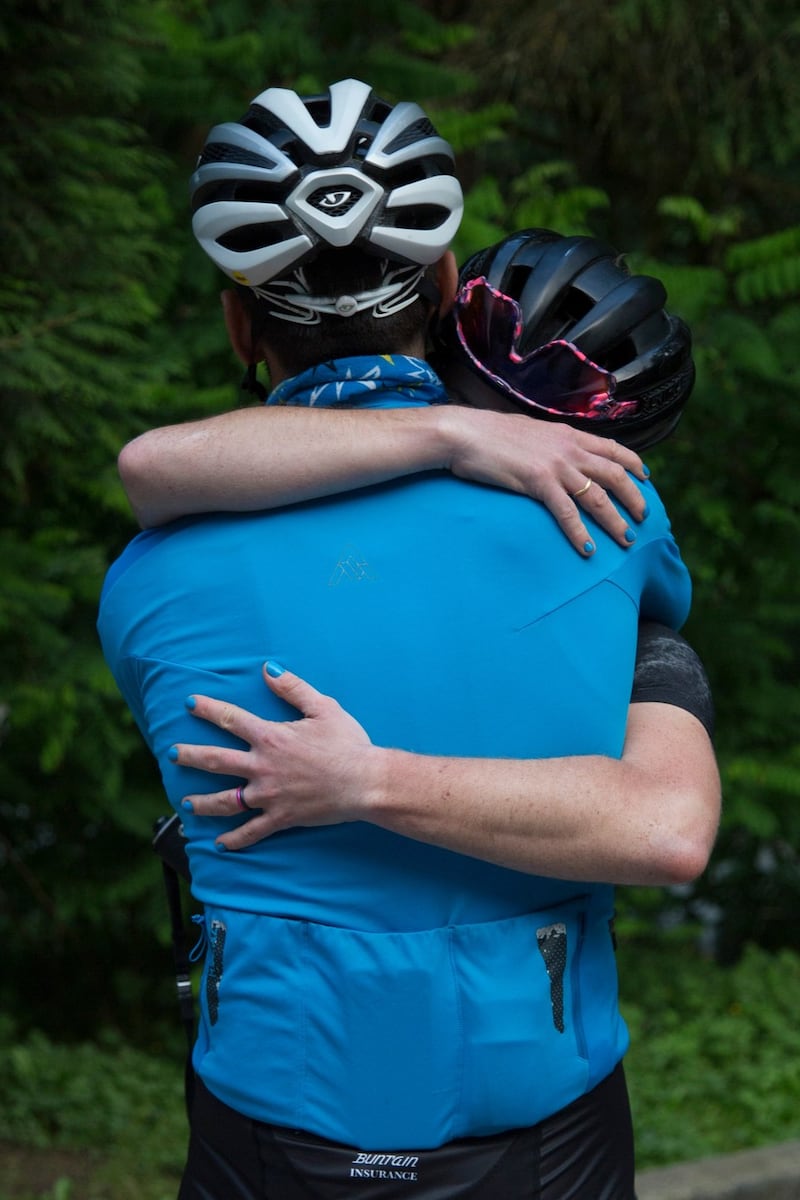
But the idea eventually took root, and Pooley decided to try it by doing 10 climbs up Haggenegg in Switzerland. The pain was hard to bear, but it brought clarity, she says.
“I should feel grateful,” she adds. “Not everybody gets to choose how they suffer.”
I thought about this as I climbed. The morning had been easy, and in the quiet, as we spun past a deer grazing on the shoulder of the road, I joked with my riding partner, Matt Stibbs, about the excitement of testing ourselves against the unknown. But there was attrition with each repeat. By Lap 8, my shorts were crusted with salt from my sweat and my calves were cramped from dehydration. On Lap 9, I vomited and wondered if it was worth crossing the line from hard to dangerous to be the 5,316th person to finish the challenge on a road bike.
But as I gripped the handlebars and stood in the saddle, I understood why I had come to the mountain. At a time when the world feels like it is spinning out of control, with millions sick and tens of thousands dying during a terrifying and mismanaged pandemic, it was a great privilege and of deep solace to control this little piece of suffering I had contrived.
I am grateful for every moment of my 14-hour-7-minute ride straining to put one pedal in front of the other. – New York Times











